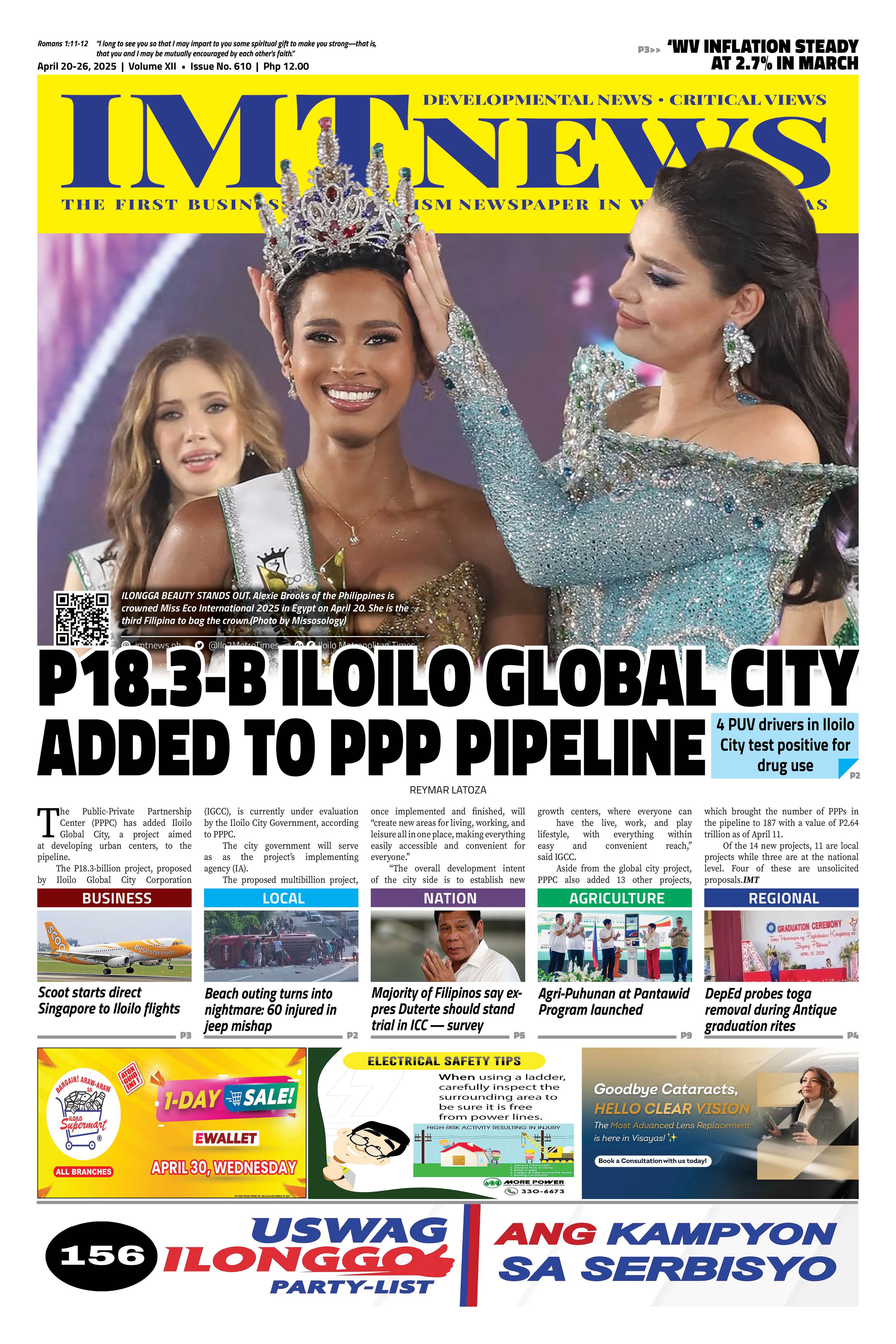Pope Francis, the beloved 266th head of the Catholic Church, passed away last Monday at the age of 88, and the world fell into a collective pause. For many of us, especially in the Philippines, where faith runs deep and personal, his death felt like losing a dear Lolo Kiko—one who, by example, had guided us through storms, asked tough questions, and walked with us when others only preached from above. His leadership did not just shift the Church’s direction—it gently shook it to its core. He made it more human. More real. Less marble, more masa.
When the first Jesuit and Latin American vicar, Jorge Mario Bergoglio, stepped onto that Vatican balcony in 2013 and chose the name “Francis,” it was more than a name—it was a statement. St. Francis of Assisi became his guidepost, known for his deep humility and care for the poor. And true enough, this pope broke many of the golden molds. He chose to live simply, wearing plain white and skipping the lavish papal palace for a modest guesthouse. For many of us, it felt familiar—like our favorite local priest who rides a jeepney to mass and knows every parishioner by name.
But he did not stop at symbols. Pope Francis went where few dared. He washed the feet of Muslim refugees. Hugged the sick. Sat with prisoners. He did not just talk about loving the poor—he made sure the world saw what that love looked like in action. Many of us, especially those who admire servant-leaders like the late Jaime Cardinal Sin, Cardinal Pablo Virgilio David, Cardinal Luis Antonio Tagle, or even modern-day advocates—religious or not—working in the margins, saw in Francis a reflection of their own quiet hopes. His presence was not loud, but it was disruptive in the most tender and prophetic way.
Of course, not everyone was ready for change. His now-iconic words—“Who am I to judge?”—about LGBTQ+ individuals stirred unease among conservatives. But for younger Pinoy Christians navigating a more inclusive world, those words echoed like fresh air in stuffy church pews. He was not rewriting dogma; he was reviving the Gospel’s heart. And in a country still battling with acceptance and tolerance, his message opened doors that had long been shut. It was a disruption rooted not in rebellion, but in compassion.
Pope Francis also faced one of the Church’s darkest shadows head-on: the clerical abuse crisis. At first, he stumbled. But later, he became a reformer—tightening laws, naming the failures, apologizing sincerely. For us Filipinos, especially victims and social teachings of the Church advocates, his actions struck a chord. In a culture that values pakikipagkapwa—the deeply Filipino belief in shared humanity—his moves toward healing felt like true leadership, however painful.
Then came Laudato Si’, his environmental encyclical. Suddenly, climate change was no longer just science—it became a moral and spiritual issue. The pope’s call was both timely and deeply personal for a country like ours, so often ravaged by typhoons and floods. He, with his formal education in chemistry and theology, reminded us that scientifically and sustainably protecting the planet is not just activism—it is faith in action. A responsibility. A love letter to our children’s children.
One of his quiet revolutions was also structural: decentralizing Church power. He elevated leaders from Asia, Africa, and Latin America. He gave key roles to women and laypeople. For faithfuls who know how centralization often breeds inequality—from the family tables to the classrooms, from the pulpits to the airwaves, from the corporate boardrooms to the digital world, from barangay halls to Malacañang Palace—this move was refreshingly democratic. In many ways, his leadership introduced a gentle disruption to long-standing clerical hierarchies. It was a soft echo of what we have long yearned for: a Church and a society that listens more to the periphery, not just the powerful.
Naturally, his openness came with backlash. He received heat for regulating the Latin Mass and for entertaining the idea of blessings for same-sex couples. Critics saw him as shaking tradition; he saw himself as listening. And here lies a trait close to many Pinoys’ hearts: pakikinig. The ability to truly listen, not to argue but to understand. In an increasingly divided world, that alone was radical—quietly disruptive in a Church often known more for proclamations than for pauses.
Teachers, too, felt seen by this pope. He constantly reminded educators that their task is not just to teach but to form hearts. That learning should inspire action, compassion, and critical thought. In many ways, his vision mirrored Ignatian values, where teaching is not just about the brain, but the soul. It is what every maestro in a public school, with 50 kids in a cramped classroom and not enough chalk, quietly strives to do every day.
Now, as the Vatican prepares for his funeral and the election of his successor, there’s no denying that Pope Francis changed the papacy—and us—with his presence. He showed the world, and especially us Pinoys, that faith can be both fierce and gentle. That the Church can evolve without losing its essence. That leadership grounded in humility can move mountains.
Pope Francis’ most enduring legacy might not be a specific decree or doctrine, but a posture—bent low, feet-washing, arms open, heart listening. For many of us, his papacy was a mirror, a challenge, and a comfort. He reminded us that true greatness lies not in judgment, but in mercy. And that sometimes, the simplest words—“Who am I to judge?”—can create a quiet disruption that ripples through centuries of silence.
Doc H fondly describes himself as a ‘student of and for life’ who, like many others, aspires to a life-giving and why-driven world that is grounded in social justice and the pursuit of happiness. His views herewith do not necessarily reflect those of the institutions he is employed or connected with.







